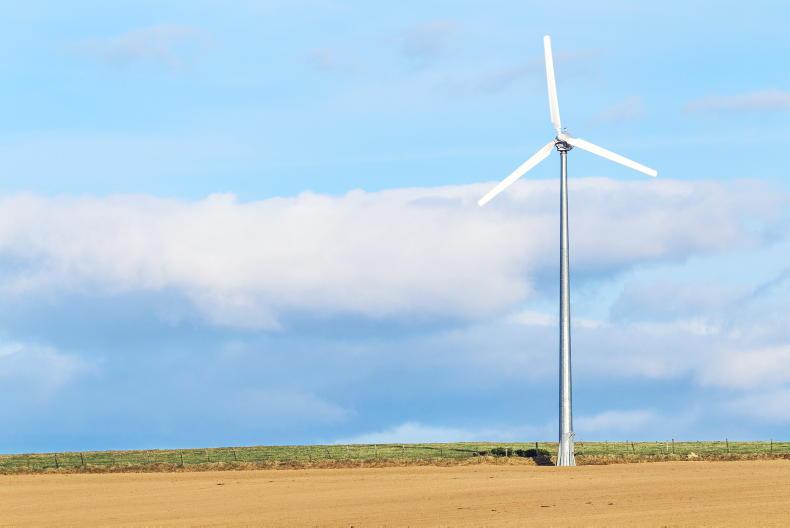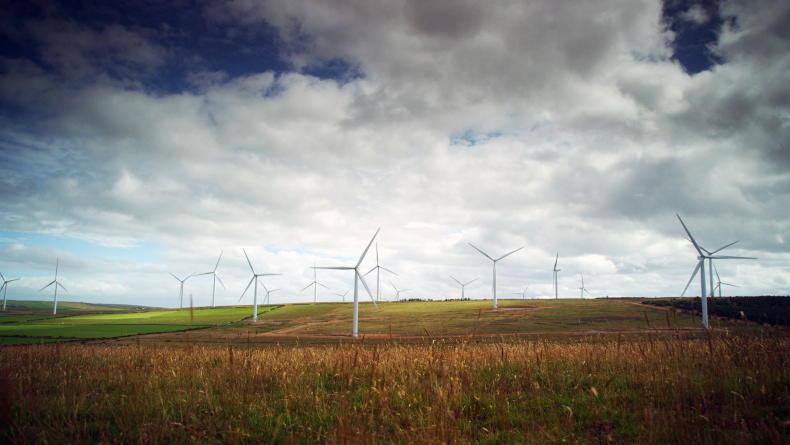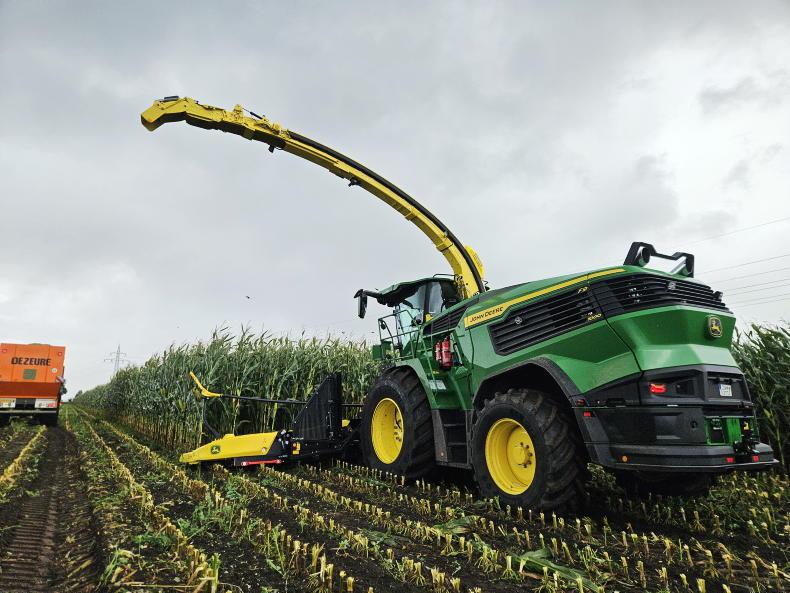Timber harvesters in Ireland have traditionally utilised the tree stem up to 7cm top diameter, leaving the tops and side branches behind on the forest floor. This is changing, as whole-tree harvesting is becoming more common, especially as the demand for wood energy biomass increases.
Worrell Harvesting, a company based in Ballybrittas, Co Laois, specialises in harvesting all above-ground biomass.
Kenneth Worrell, who founded the company in 1994, maintains that whole-tree harvesting makes economic and environmental sense, especially in first thinnings where the bulk of the timber is pulpwood, suitable for wood energy.
I visited two private forests with him recently in Cappagh and Moyvore, Co Westmeath, where harvesters, forwarders, wood chippers and haulage trucks were working in close co-operation to ensure a smooth flow of biomass.
In Cappagh, Worrells had completed harvesting a 20-year crop comprising Sitka and Norway spruce, with a small percentage of lodgepole pine and an adjacent plantation of ash.
While some of the crop was being thinned for the first time, most of the forest had every seventh line removed four years previously with no selection felling between the lines.
The forecasted yield was approximately 40 to 50m3/ha if harvested traditionally, according to Kenneth.
“However, by harvesting on a whole-tree basis, we are achieving close to 75m3/ha in Cappagh,” he maintains. “In high-yielding Sitka spruce first thinning, we have achieved close to 100m3/ha by whole-tree harvesting.”
In Scandinavian forests, whole-tree harvesting is now widely accepted, as the infrastructure is well established to harvest not only above-ground biomass, but also tree stumps.
Worrell Harvesting has harvested stumps on a trial basis, but Kenneth maintains that few sites in Ireland are suitable for root extraction.
He is aware of the arguments for and against whole-tree harvesting. The main arguments against the system include the removal of nutrients from decaying wood and foliage and possible site damage.
Nutrients
“The argument that whole-tree harvesting removes potential nutrients is valid if branches are removed immediately after felling,” he said.
“By leaving the lop and top on site for a few months, the needles decay and fall off, so the nutrients are returned to the forest.”
This practice is accepted by Pieter D Kofman and Tom Kent, authors of the COFORD publication Whole-tree harvesting of conifer first thinnings for energy wood chip production.
They state: “Seasoning whole trees at the stump ensures that leaves and needles, which contain most of the nutrients in harvested material, have time to decay and fall, maintaining forest soil fertility.”
Site damage
Soil compaction and rutting can be caused if insufficient or no brash is left along extraction paths, especially in wet sites.
“Our approach is to leave a brash mat of sufficient depth to ensure there’s no risk of soil damage,” maintains Kenneth.
Drying biomass before chipping is still a challenge in Ireland’s wet climate. Leaving the lop and top in the forest helps the wood to dry, as the leaves or needles transpire water from the wood, but “this is not sufficient on its own” according to Kenneth.
“Depending on the weather, biomass may need six to nine months – both in the forest and at roadside – to dry to 45% moisture content before chipping.”
Markets
Critics of whole-tree harvesting maintain that the emphasis on wood for energy may be at the expense of other markets, such as stake production, pulp for panel board mills and boxwood (for pallet manufacture).
Kenneth maintains that his harvesters maximise other product mixes, with the possible exception of pulp for panel board markets, depending on location.
“In the Cappagh and Moyvore forests, we are relatively close to wood energy outlets, so we maximise this market which pays the best price to the forest owner,” he said.
The emphasis is undoubtedly on wood energy, not least because this is the area Worrell Timber specialises in.
“Using the whole-tree method in first thinning will increase the amount of biomass being removed, compared with the traditional shortwood method, by an average of around 50%,” maintain Kofman and Kent.
“This means that the forest owner will benefit more from this method than from any other,” they claim. “In addition, production costs are spread over a greater amount of harvested woodfuel.”
Kenneth and his team have brought the chipping operation down to a fine art. “We have been doing it for almost 20 years and have learned a lot about drying timber to the required 45% moisture content, as well as the logistics and timing of the operation.”
While I was on the site, one truck was loaded with 30t of wood chips from an on-site chipper, while a second truck had just entered the forest to pick up a load. The company has an annual capacity to chip and haul approximately 100,000t of wood chips alone.
Worrell Timber Harvesting now employs 25 people and Kenneth has plans to employ more.
“If you look at the recent timber forecasts, contractors will be required to harvest an extra 1.5million m3 within a few years,” he said.
“This will require skilled harvesters who should have at least one year’s intensive training to optimise log quality in the forest.”
The company will continue to specialise in wood energy and sees an increasing market for wood chips from first and second thinning. In subsequent thinning and clearfells, the emphasis switches from wood energy to higher-value markets, especially construction and fencing.
Contractors such as Worrell Harvesting, which continues to invest in technology and personnel, are well placed to adapt to a changing marketplace by adding value to a resource that is forecast to double over the next two decades.











SHARING OPTIONS